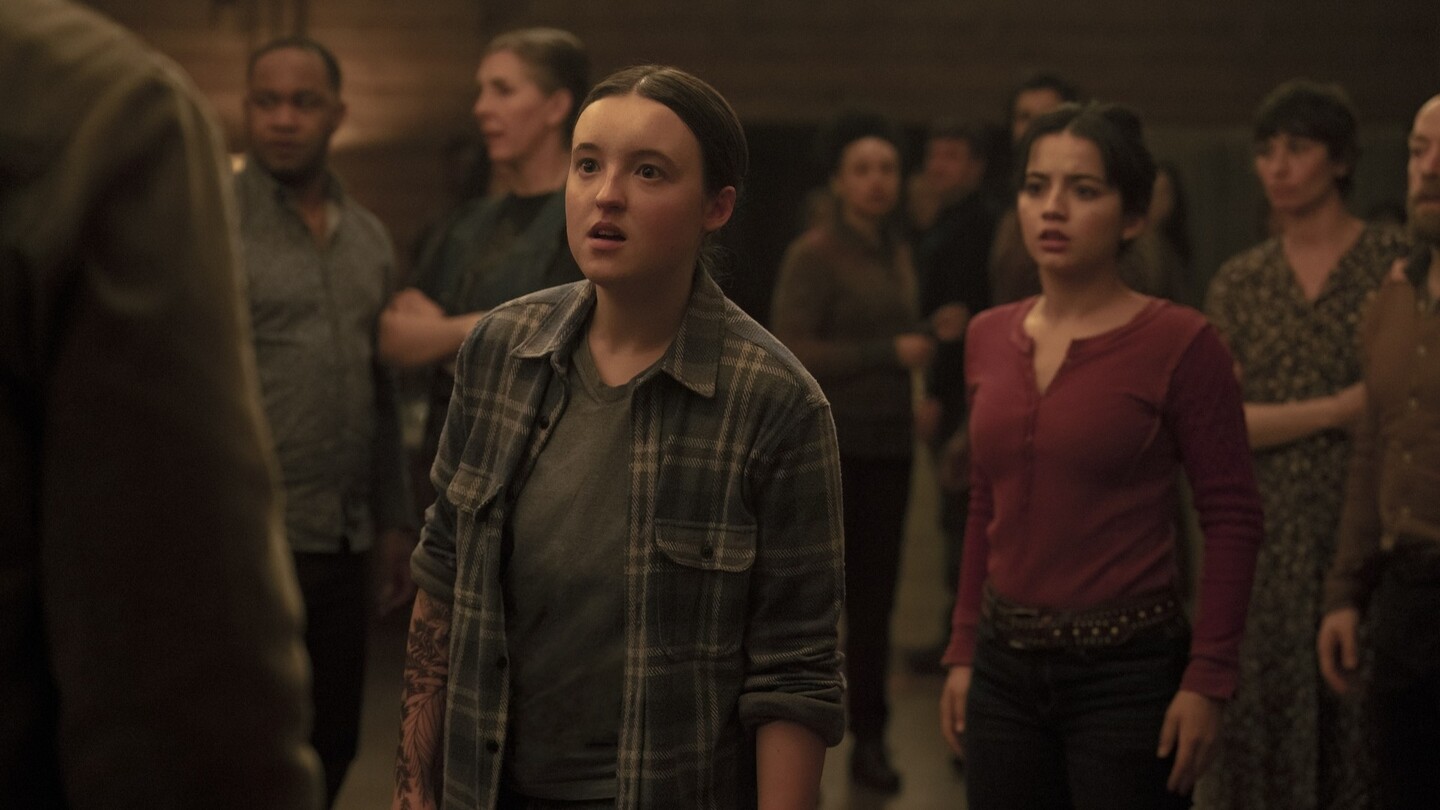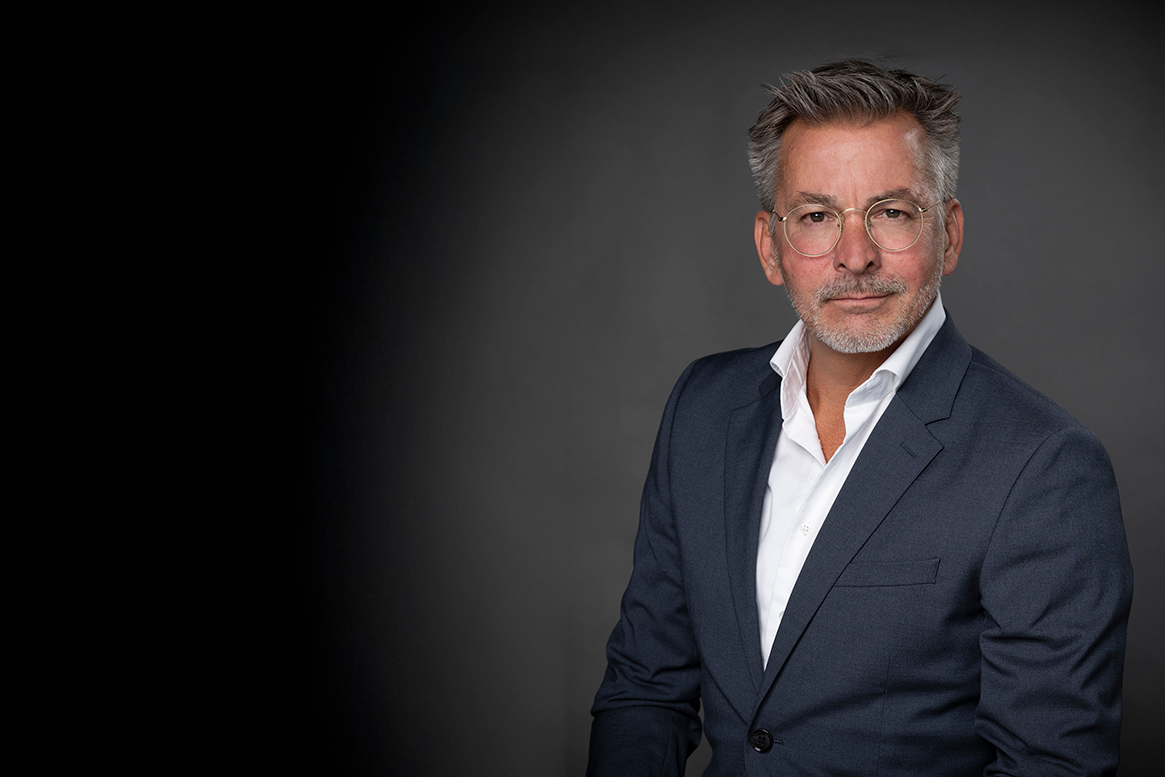Speed dates, strict monitoring bubbles, world-first lighting effects and a stage that resembles a giant hug – welcome to the team embracing Eurovision 2023 from the heart of Liverpool to the soul of Ukraine. Adrian Pennington reports.
Eurovision is quite simply the biggest singing competition in the world and comfortably the biggest live TV singing contest. As you can imagine, it requires a vast undertaking from a technical point of view. Presenting a new song live every four minute is a real test for the technology and the professionalism of teams backstage, and with a TV audience of over 160 million and millions more listening on radio, there’s nowhere to hide.
This is a very special and unique year to produce Eurovision. The UK is hosting the contest on behalf of Ukraine, which makes the Eurovision 2023 contest the first...
You are not signed in.
Only registered users can view this article.

Behind the scenes: The Last of Us II
There is a version of episode 2 where the brutal death of a loved character isn’t quite so extreme. But they chose not to go there, explains editor Timothy A Good.

Behind the scenes – Daredevil: Born Again
The Hell’s Kitchen of Disney’s masked vigilante reboot is given a grungy seventies overhaul by lead cinematographer Hillary Fyfe Spera

Behind the scenes: Squid Game 2
The glossy, candy-coloured design of Squid Game is a huge part of its appeal luring players and audiences alike into a greater heart of darkness.

Behind the scenes: Adolescence
Shooting each episode in a single take is no gimmick but additive to the intensity of Netflix’s latest hard-hitting drama. IBC365 speaks with creator Stephen Graham and director Philip Barantini.

Behind the scenes: Editing Sugar Babies and By Design in Premiere
The editors of theatrical drama By Design and documentary Sugar Babies share details of their work and editing preferences with IBC365.



